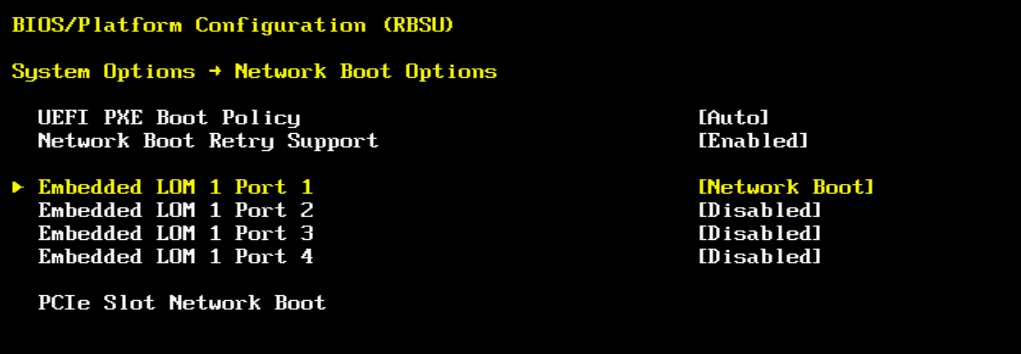

- #UEFITOOL ADD UEFI SHELL TO BIOS UPDATE#
- #UEFITOOL ADD UEFI SHELL TO BIOS WINDOWS 7#
- #UEFITOOL ADD UEFI SHELL TO BIOS WINDOWS#
It will return 64 for a 64-bit (x86_64) UEFI or 32 for a 32-bit (IA32) UEFI. On distributions running Linux kernel 4.0 or newer, the UEFI firmware bitness can be found via the sysfs interface. The firmware bitness can be checked from a booted operating system. For example, GRUB when installed with the i386-efi target. Note: Systems with IA32 UEFI require using a boot loader that supports mixed mode booting. Therefore the EFI application must be compiled for that specific firmware processor bitness/architecture.
#UEFITOOL ADD UEFI SHELL TO BIOS WINDOWS#
The only known devices that use IA32 (32-bit) UEFI are older (pre 2008) Apple Macs, Intel Atom System-on-Chip systems (as on 2 November 2013) and some older Intel server boards that are known to operate on Intel EFI 1.10 firmware.Īn x86_64 UEFI firmware does not include support for launching 32-bit EFI applications (unlike x86_64 Linux and Windows versions which include such support). The vast majority of UEFI firmwares, including recent Apple Macs, use x86_64 UEFI firmware. a memory testing or recovery tool), should be a EFI application corresponding to the UEFI firmware bitness/architecture. Under UEFI, every program whether it is an OS loader or a utility (e.g. The latest UEFI specification can be found at. Unless stated explicitly, these instructions are general and some of them may not work or may be different in Apple Macs. This kind of firmware does not fall under any one (U)EFI specification and therefore is not a standard UEFI firmware.


9.8.1 Default boot path for removable drives.9.8 UEFI boot loader does not show up in firmware menu.9.7 USB media gets struck with black screen.
#UEFITOOL ADD UEFI SHELL TO BIOS WINDOWS 7#
9.5 Windows 7 will not boot in UEFI mode.9.4 Cannot create a new boot entry with efibootmgr.9.3 Userspace tools are unable to modify UEFI variable data.9.2 Enter firmware setup without function keys.9.1 Boot back to Arch Linux when stuck with Windows.8 Testing UEFI in systems without native support.7.2 Remove UEFI boot support from optical media.4.2 Requirements for UEFI variable support.4.1 UEFI variables support in Linux kernel.3 Linux kernel configuration options for UEFI.AMI-specific features like NCBs, ROM_AREA structure and other things like that can't be implemented by me because of the NDA I have.If someone wants to write an unpacker for such crappy files - I will be glad to use it.
#UEFITOOL ADD UEFI SHELL TO BIOS UPDATE#


 0 kommentar(er)
0 kommentar(er)
